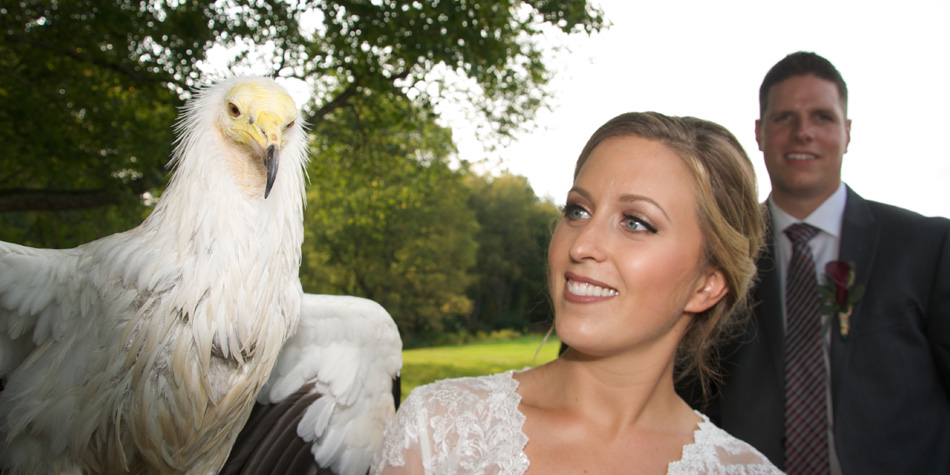
Malachi Fisher, Seacoast Market Director of Emergency Preparedness and Emergency Medical Services for Portsmouth Regional Hospital and Frisbie Memorial Hospital, joined HCA Healthcare in early 2020. He also is a member of the HCA Enterprise Incident Management Team, and was instrumental in launching the new PRH ambulance/medical transport in September.
If you know Malachi -- and chances are you do as he seems to know everyone, not just at our hospitals, but everyone in EMS, police, fire, and along the Seacoast – you’ve noticed a few things: His boundless energy, his passion for his work, his willingness to help anyone with anything, his sense of humor, and his ability to smile through even the toughest situations.
Even hurricanes and border crossings.
Q: You worked in Texas along the border of Mexico before coming to Portsmouth. How do the two areas, and jobs, compare?
A: Very different cultures, and dynamics. Val Verde County covers 110 miles of Mexico’s border. In Texas, I managed emergency preparedness for Val Verde Regional Medical Center, and the hospital-based ambulance service which covered Del Rio, and Val Verde County, which is the fourth largest county in Texas, and one-third the size of New Hampshire, to give perspective on the size.
The biggest difference related to healthcare, is the location of resources. Val Verde County is 150 miles from tertiary care, which made our mission to stabilize patients, and get transport to definitive care. Our ambulances did 911 calls, and inter-facility transfers. An inter-facility transport to the closest tertiary care center is San Antonio, which would average a 3.5-hour one-way transport time. Resource management had to be closely monitored, and executed. There isn’t an option to be inefficient on the border, as that could be the difference between life or death for the patients served.
The New Hampshire market of HCA Healthcare is much different, as our hospitals offer tertiary care so we are the receivers of patients, and a resource to our community, and rural hospitals.
Q: In addition to EMS, you’re in charge of Emergency Preparedness and Crisis Response, and you recently you went to Nashville to serve on the Enterprise Emergency Operations Team to support our colleagues in HCA Florida hospitals. Have you ever had a major incident that you needed to manage at one of your own facilities?
A: I think COVID is by far the biggest, and longest in scale for anyone’s career.
Excluding COVID, in Buffalo, we built a new children’s hospital, and had to move more than 150 pediatric patients to the new facility, which was a complex process that involved significant planning. On the border, there were many mass casualty incidents involving illegal immigrants, which were extensive to manage in pre-hospital, and hospital environments. The border also was prone to large wildland fires, and illegal immigrant surges into the community.
One event that stands out: A U.S. military fighter jet crashed in our county on the border during a training exercise taking place at a nearby Air Force base, which led to one pilot dying, and another ejecting safely. This was an interesting event, because the jet crash started a 10-acre wildland fire, and our crews were responding to a serious motor vehicle crash with many patients at the same time as the jet crash. It was a complex scene due to the involvement with a military asset, and the death of a USAF pilot. I was actually driving around in my Chief’s vehicle looking for the pilot, and found the pilot who ejected safely in a nearby heavy brush area about three miles from the crash site.
Q: What’s your proudest professional moment, here or elsewhere?
A: Back in Buffalo, New York, I was the trauma coordinator, and EMS/EM liaison for a Level 1 pediatric comprehensive hospital. I worked with the research program, and was published for my work on trauma triage in the Western New York Region, which led to operational and protocol changes for all EMS-related trauma transport destinations for pediatric, pregnant, and adult trauma patients. The protocol changes happened in 2016, and the published work is still considered a best practice to this day.
Q: What is the coolest thing you’ve ever done in your career?
A: I think folks in healthcare want to make a difference. Over the course of 20 years in healthcare, I have had quite a few patients in cardiac arrest for whom I was able to establish return of spontaneous circulation, and the patient was able to walk out of the hospital to enjoy their life. That is a fantastic feeling, and will never get old.
No matter what cool things I have done, there is nothing more gratifying, or cool, than saving a life.
Q: You come from Buffalo and remain a Bills fan down to the core. What are the odds of you becoming a Pats fan?
A: Zero.
$webqFacilityNumber
Need a Physician?